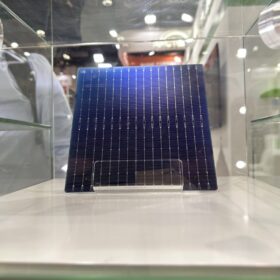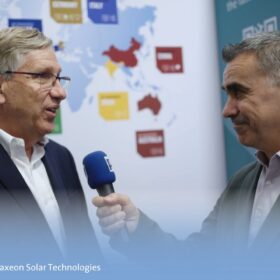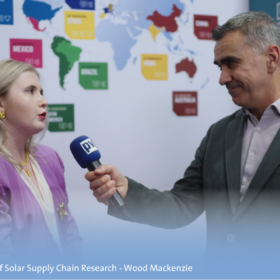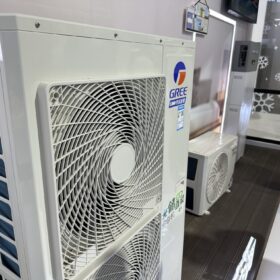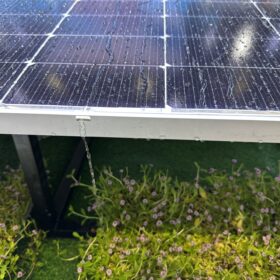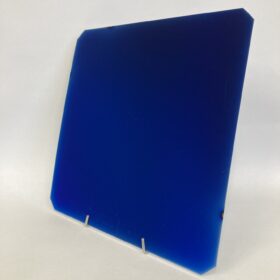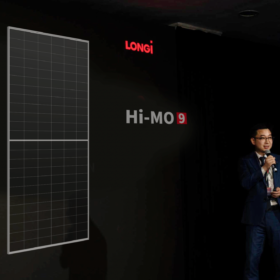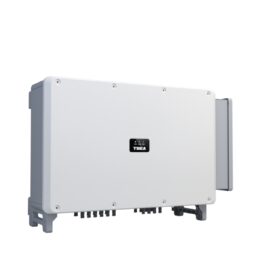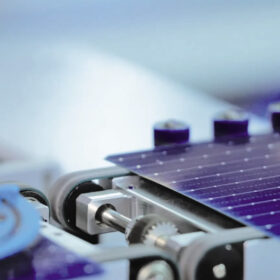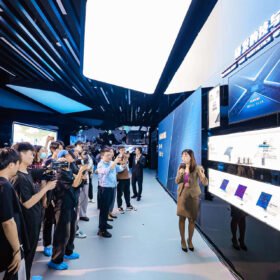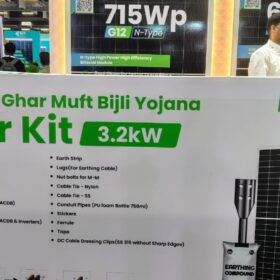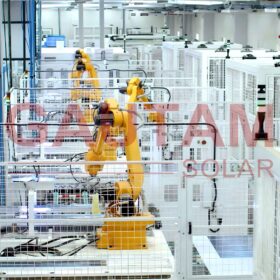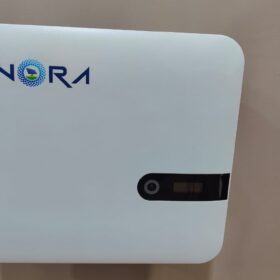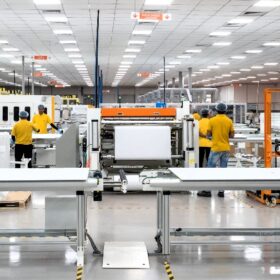All solar cell efficiencies at a glance – updated
The research group led by Professor Martin Green has published Version 64 of the solar cell efficiency tables. There are 19 new results reported in the new version.
‘Nobody is making money right now’
As part of our Intersolar 2024 interview series, pv magazine spoke with Bill Mulligan, CEO of Singapore-based IBC solar module maker Maxeon. He states the IBC technology will remain competitive despite overcapacity and dropping modules prices and says Maxeon may enforce intellectual property rights with all existing and new back contact competitors that are allegedly utilizing its technologies.
‘Module prices surprisingly keep going down’
As part of our Intersolar 2024 interview series, pv magazine spoke with Yana Hryshko, head of Solar Supply Chain Research for Wood Mackenzie, about overcapacity, declining panel prices and expected PV demand for the next years. She revealed that Chinese module procurement schemes are currently seeing unprecedented, “ridiculously” low bids, but she also noted that the $0.08/W threshold may now be difficult to exceed. Hryshko also expects many manufacturers to backpedal on previously announced capacity expansion plans and renegotiate module supply contracts.
Gree presents photovoltaic DC air conditioner
The Chinese manufacturer said its new photovoltaic air conditioner is available in three versions with a cooling capacity ranging from 12.1 kW to 16 kW and a heating capacity of 14 kW to 18 kW. It can be used for both residential and commercial applications.
JA Solar debuts 23.3%-efficient single-glass, anti-dust solar panel at SNEC
The new module has a power output of up to 650 W and weighs 29.6 kg. It uses JA Solar’s patented anti-dust frame technology, which reportedly enhances drainage and decontamination performance, thus reducing dust accumulation and avoiding hotspot issues.
ISC Konstanz claims 24.12% certified efficiency for tunnel back contact solar cell
The result was confirmed by Germany’s Institute for Solar Energy Research Hamelin (ISFH). The cell also achieved an open-circuit voltage of 709.5 mV, a short circuit density of 11,355 mA, and a fill factor of 82.04%.
Longi presents 24.4%-efficient 660 W HPBC solar panel
Intended for applications in utility scale PV projects, the new Hi-MO 9 module is available in eight versions with power output ranging from 625 W to 660 W and power conversion efficiency spanning from 23.1% to 24.4%.
TBEA launches inverters for C&I projects
TBEA has developed new products with nominal power ratings of 75 kW to 110 kW and efficiencies of 98.6%. Their European efficiency rating is 98.4%.
JinkoSolar claims 33.24% efficiency for perovskite-silicon tandem solar cells
JinkoSolar says it has achieved a 33.24% efficiency rating for its perovskite-silicon tandem solar cells, confirmed by the Shanghai Institute of Microsystem and Information Technology under the Chinese Academy of Sciences (CAS).
Longi introduces 630 W HPBC photovoltaic modules with 23.3% efficiency
The Chinese manufacturer said its new Hi-MO X6 Scientist series has a temperature coefficient of -0.28%/C and a power output ranging from 620 W to 630 W. They rely on the company’s proprietary hybrid passivated back contact (HPBC) cell technology.

